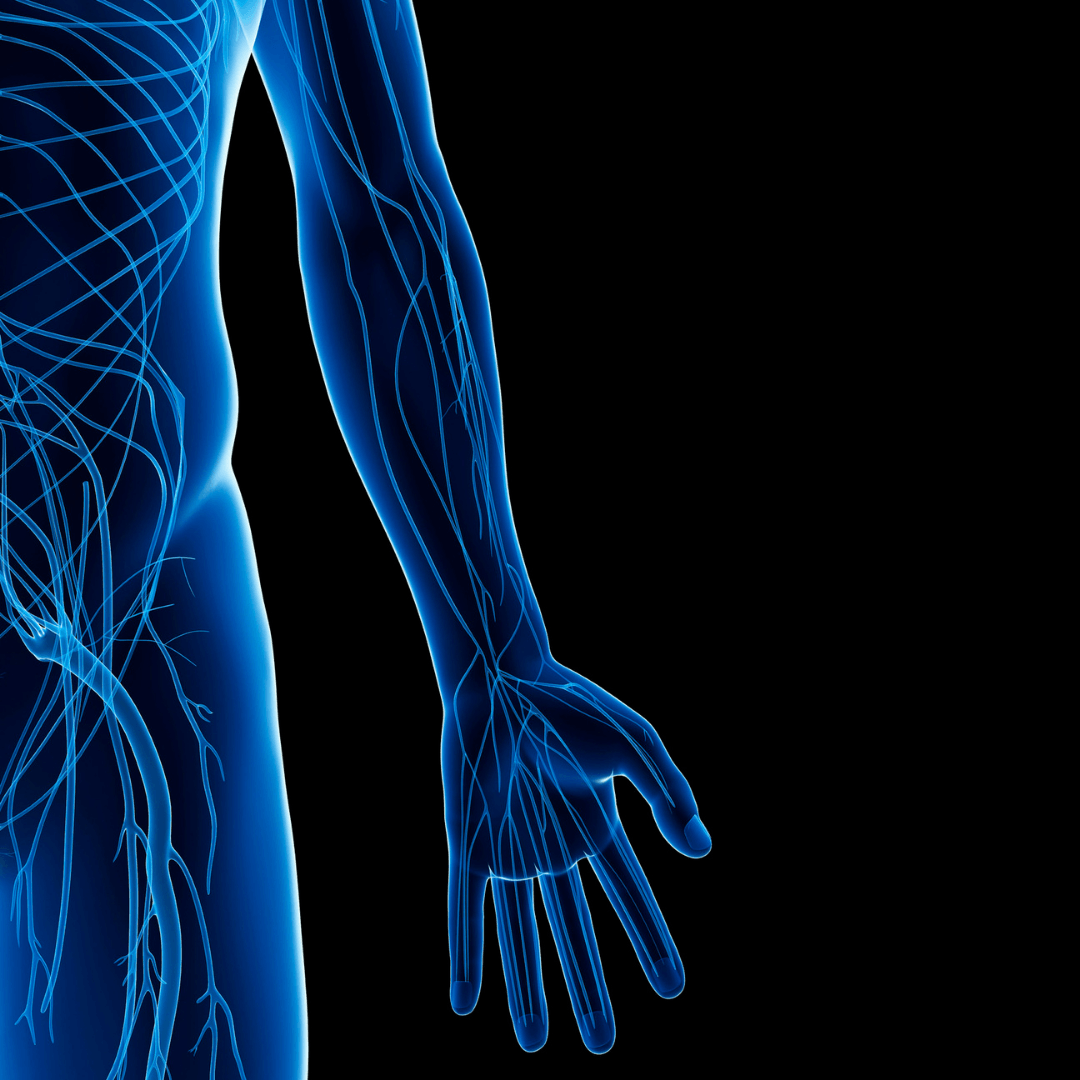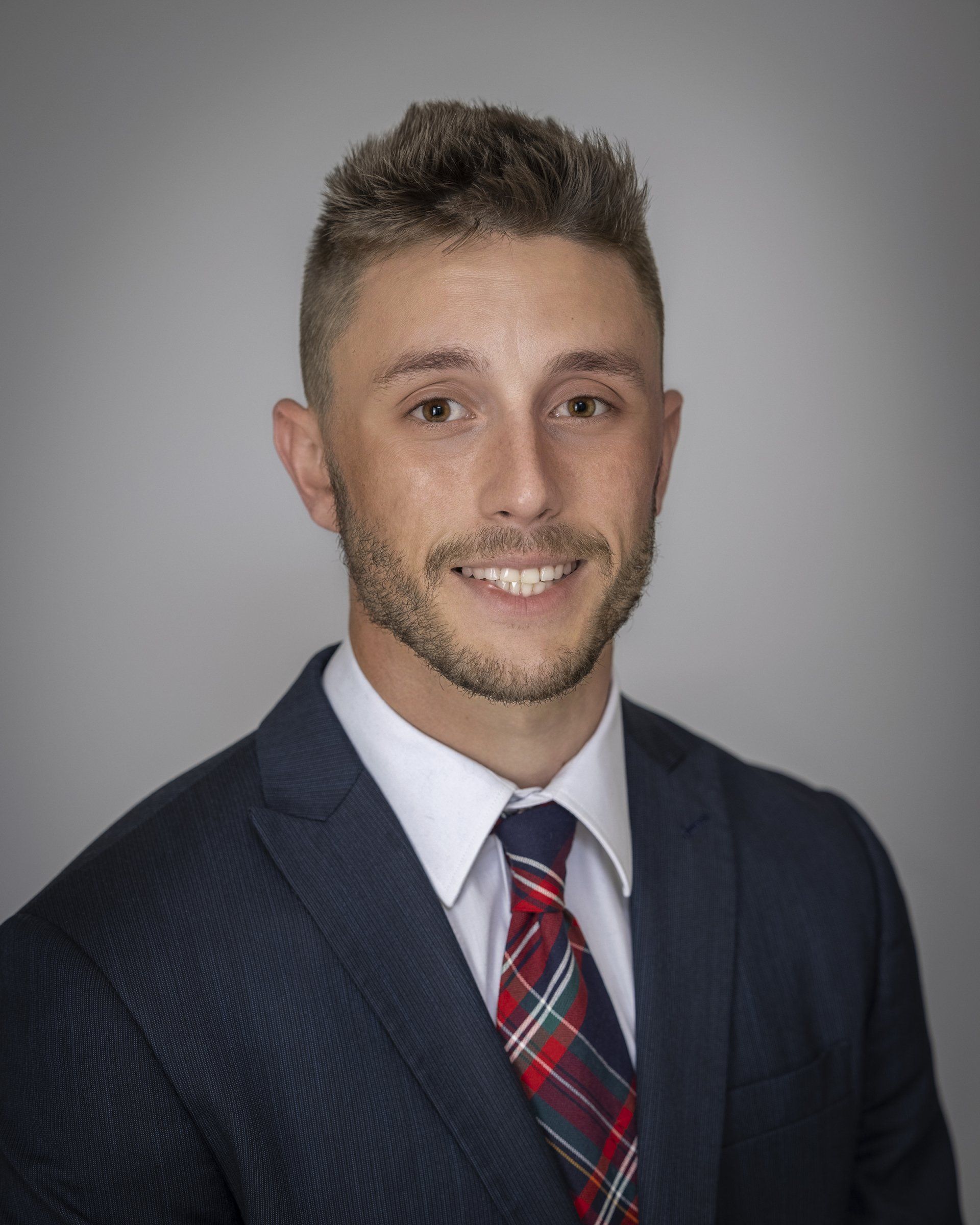PHYSICAL THERAPY SERVICES
Pain Treatment Centers of America is proud to offer physical therapy and osteopractic services to address and treat a wide variety of injuries and issues.
Dry Needling
Dry Needling - Dry needling, or DN, is a Western Medicine approach in which treatments serve to aid in the healing process of neuromuscular pain syndromes. The use of sterile, monofilament acupuncture needles (without injectate or anesthetics) are inserted into or near the target tissue including muscles, tendons, ligaments, fascia or nerves. Once the needle(s) is/are in place, it can be utilized to decrease activation of trigger points, decrease soft tissue restrictions, improve blood flow and ultimately break the chronic pain cycle. Sometimes, the needle(s) is/are utilized with an electrical current, termed electro-dry needling (EDN), which has shown to produce profound effects of pain control in the short- and long-term timelines.
HVLAT Joint Mobilization
HVLAT Joint Mobilization – High Velocity, Low Amplitude Thrust (HVLAT) is the application of a quick “thrust” to a joint or multiple joints to the target segment(s). It is a “momentum-induced” technique that aims to target multiple joints within the spinal column or a single joint within the arms or legs. These “manufactured-barrier” techniques are utilized by highly-trained physical therapists and are much different from the chiropractic approach, which is commonly referred to “locking-down/combined-leverage” techniques. It can help improve joint range-of-motion, increase blood flow, decrease tissue restrictions and even improve soft-tissue mobility.
Instrument-Assisted Soft Tissue Mobilization
IASTM - Instrument-assisted soft tissue mobilization, or IASTM, is the use of tools (rather than the therapists hands) for manual therapy interventions, specifically geared towards breaking down chronic scar adhesions and fascial plane restrictions. Some IASTM tools may include Gua-Sha, cupping, FRAMS, kinesiology taping or use of a mobilization wedge. These other manual therapy tools can help further improve tissue mobility, blood flow, reduce swelling and improve joint movement. The use of IASTM is another tool in the physical therapist’s toolkit to help jumpstart the functional restoration processes.
Pain Neuroscience Education (PNE) Program
PNE has been shown to:
- Decrease pain
- Decrease disability
- Improve mobility and function
- Improve tolerance to rehabilitation
- Improve your understanding of pain
- Decrease sensitization of the nervous system
How do we teach it?
- One-on-one education
- Prepared pictures
- Metaphors
- Hand drawings
- Workbook with readings
- Q&A
- Online videos
Interventions provided:
- Sleep hygiene
- Aerobic exercises
- Creation of a formal walking program
- Activity pacing schedule
- Breathing/relaxation
- Meditation
- Coping skills
- Social interaction
- Gratitude
- Journaling
- Aquatic therapy
Graded therapeutic exercise Is PNE for you?
- Chronic and long-term pain (pain for longer than 6 months)
- Widespread pain diagnoses including fibromyalgia and chronic fatigue syndrome
- Frustration with multiple treatment failures
- High level of fear surrounding pain and movement









